Planting Tulip Bulbs in Your Vegetable Garden
I don’t know about you, but I can never find enough space for all the tulips I want to grow. There are so many colors and styles and bloom times. So many creative combinations waiting to happen. Planting tulip bulbs goes fast. My challenge is finding places to put them all.
At my house, tulips get tucked into every available space in perennial beds and shrub borders. I also plant them near the front door, along the front walk and in pots to be stored over the winter. When it’s tulip season, the overall effect is gorgeous, with splashes of color everywhere you turn.
Yet I still yearn for more. Tulips look so amazing when they’re planted by the hundreds and what I really crave is big blocks of color like you see in public gardens.
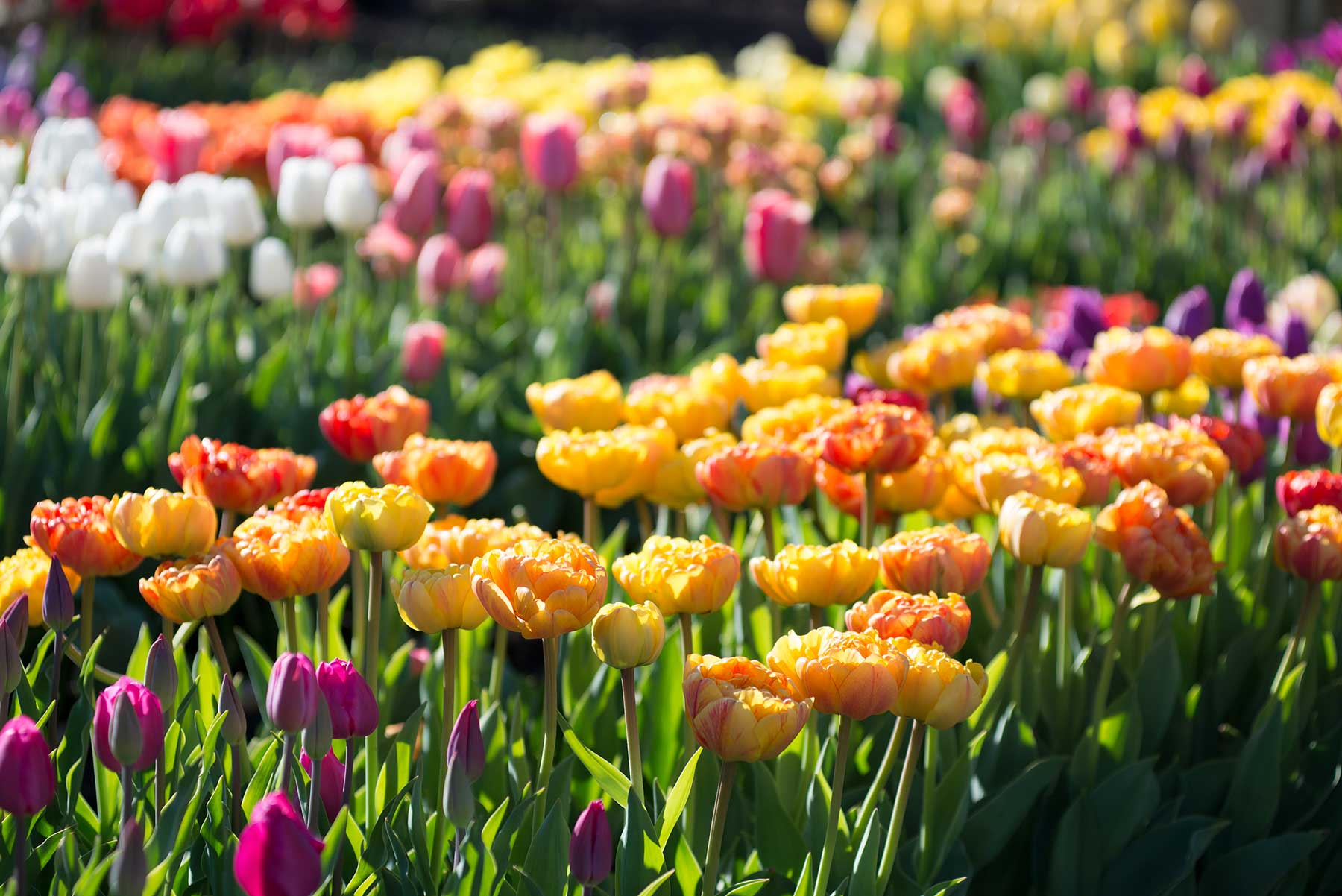
Last fall it suddenly occured to me… why am I not planting tulip bulbs in the vegetable garden? It’s the best soil on the property — rich, loose and well drained — which is heaven for tulips. So here’s what I did:
In the first bed I planted 100 Darwin Hybrids. I removed 6″ of soil and piled it on a tarp in the path. Then I covered the planting area with a blend of crushed oyster shells, red pepper flakes and granulated garlic. In the flower beds, it’s proven to be a pretty effective rodent deterrent. The tulips were place about 6″ apart on center, and then the soil was pulled back over the top.
With the granular deterrent around the bulbs and a 30″ rabbit fence around the vegetable garden, I felt pretty confident there would be a good show of color in May. And there was.
I also planted about 100 triumph tulip bulbs in another raised bed, just outside the rabbit fence. These bulbs didn’t get the oyster shell/garlic/red pepper treatment. Instead, I laid a sheet of hardware cloth on top of the soil (after planting), weighed it down with a couple big stones, and left it there until I could see green shoots emerging in spring. If you have problems with squirrels and chipmunks digging up your bulbs, this technique would probably work well for any raised bed.
The results were equally successful. I had lots of flowers for cutting, without any need to worry about diminishing the show in my flower beds. It was exactly what I’d been hoping for.
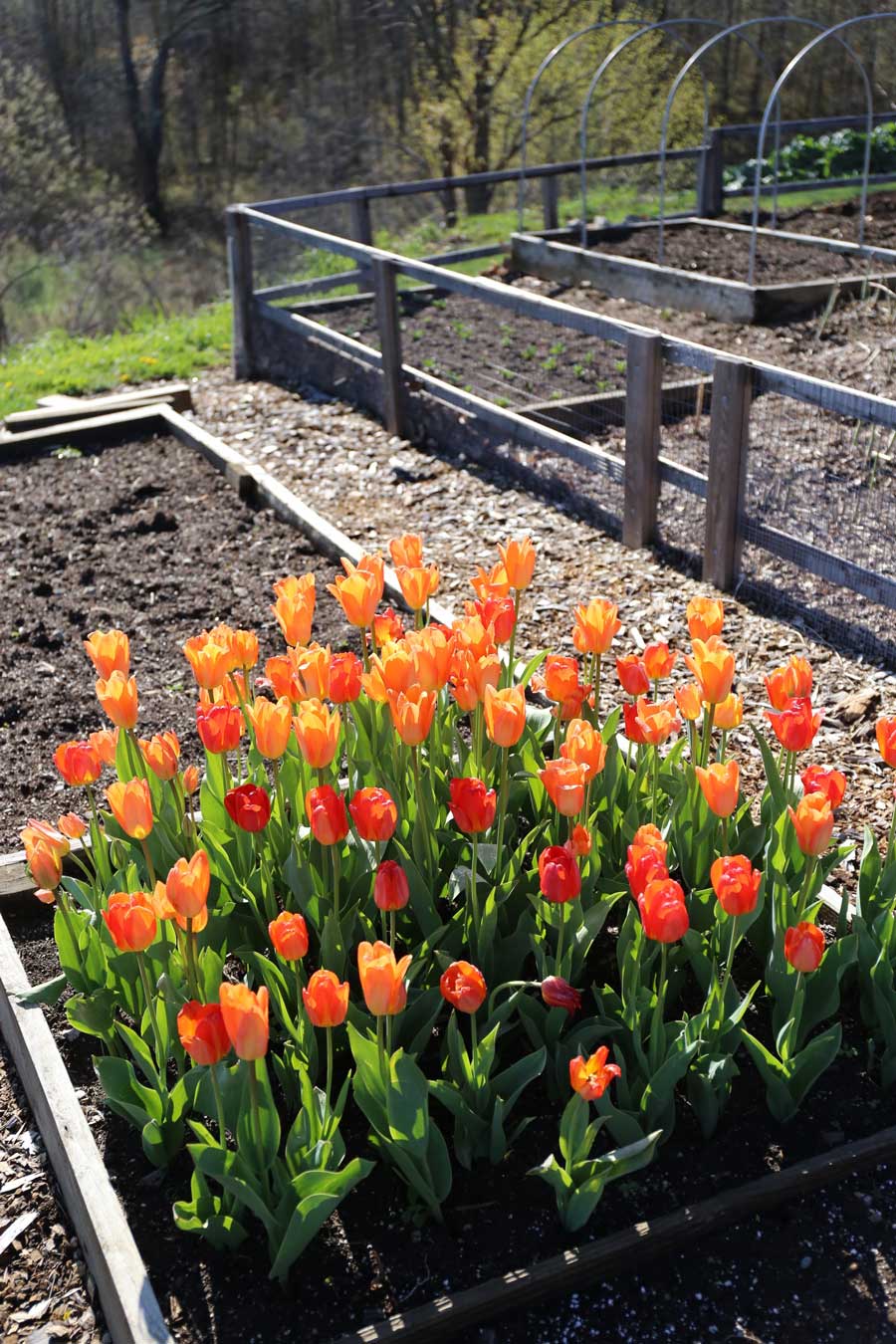
As you can see in the photo below, I have plenty of room to expand on this idea…
On the right you can see that the cold hardy salad greens are already up and growing by the time the tulips bloom, but it’s still too early to be planting heat lovers like tomatoes, peppers, beans, cucumbers and squash.
After the tulips started losing their flower petals, I used a garden fork to dig out the plants — bulbs and all. It’s never easy for a gardener to throw away perfectly good plants, but I had enjoyed 200 big, beautiful flowers for less than we’d spend on a night out. Those shrimpy tulip bunches you buy at the grocery store would have cost far more. This year we are offering several tulip varieties in bulk, so you can get 100 bulbs for just $33.
My vegetable garden gave me enough tulips to make some very extravagant flower arrangements for myself (!) with plenty more to share with people who stopped by. Plus, I had the fun of watching the plants emerge from the soil and come into bloom.
This year I’m changing color schemes. So far I’ve settled on Summer Night Mix, Parade of Pink and a whole bed of Queen of Night. We are offering Queen of Night in bulk this year!
If you garden in raised beds, a 3×6 or 4×6 bed will easily accommodate 100 tulips. So when you pull out your vegetables this fall, put in some tulips!
Want to learn more about your options and how to extend the show? Take a look at this slide show: Tulips by Bloom Time. Visit www.longfield-gardens.com to shop all of our tulips (more than 130 varieties!).

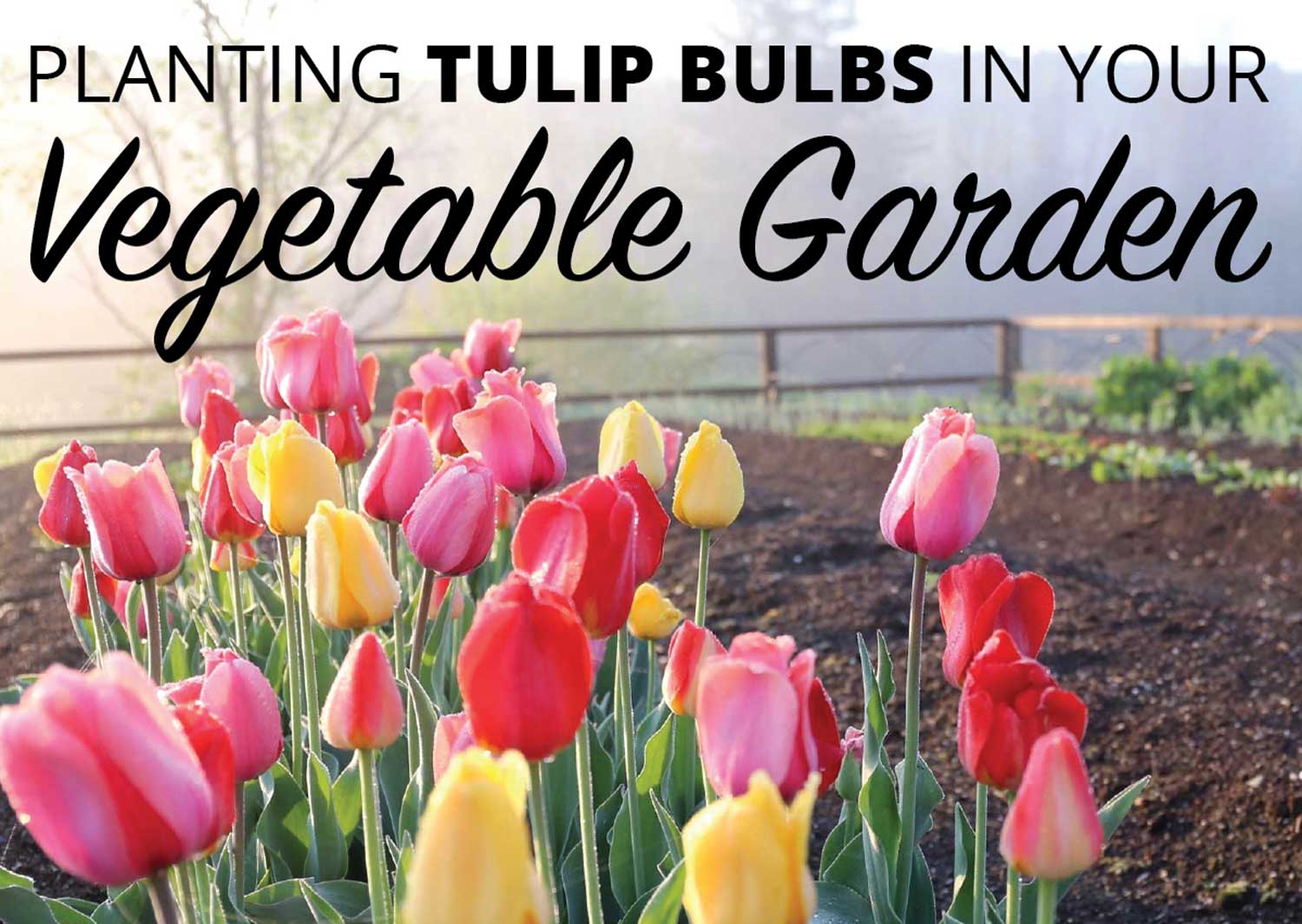
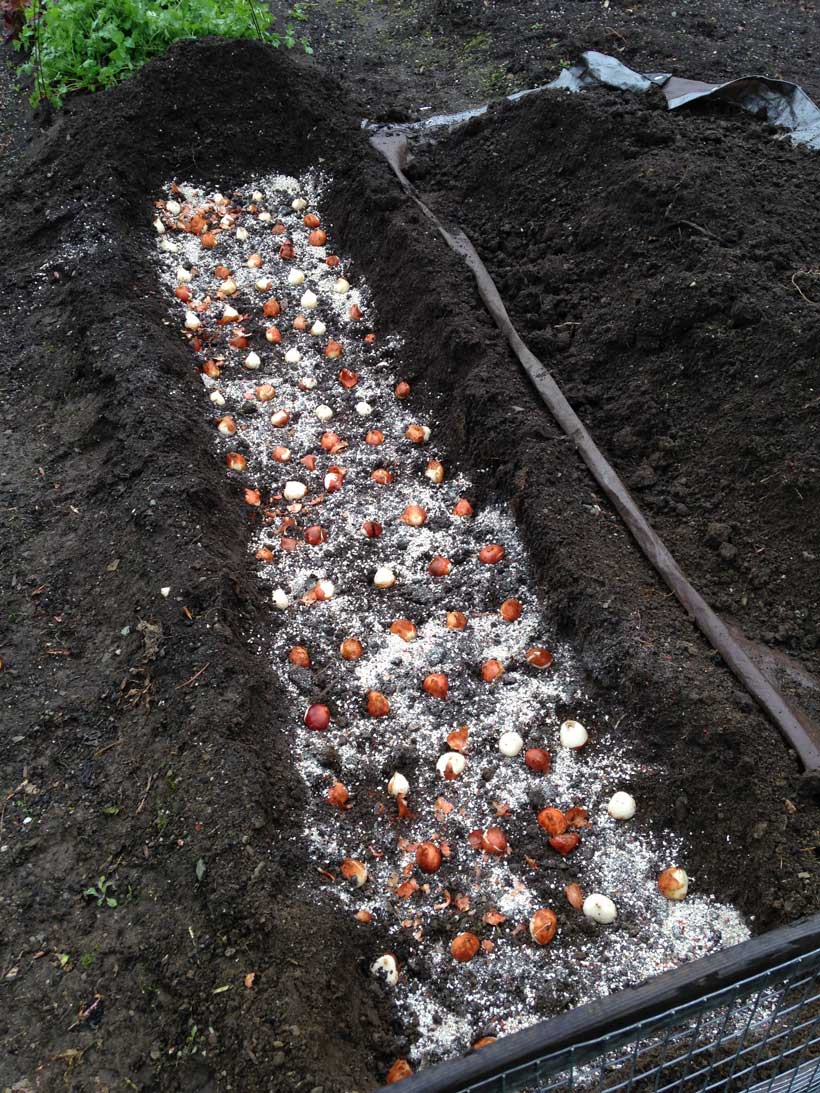
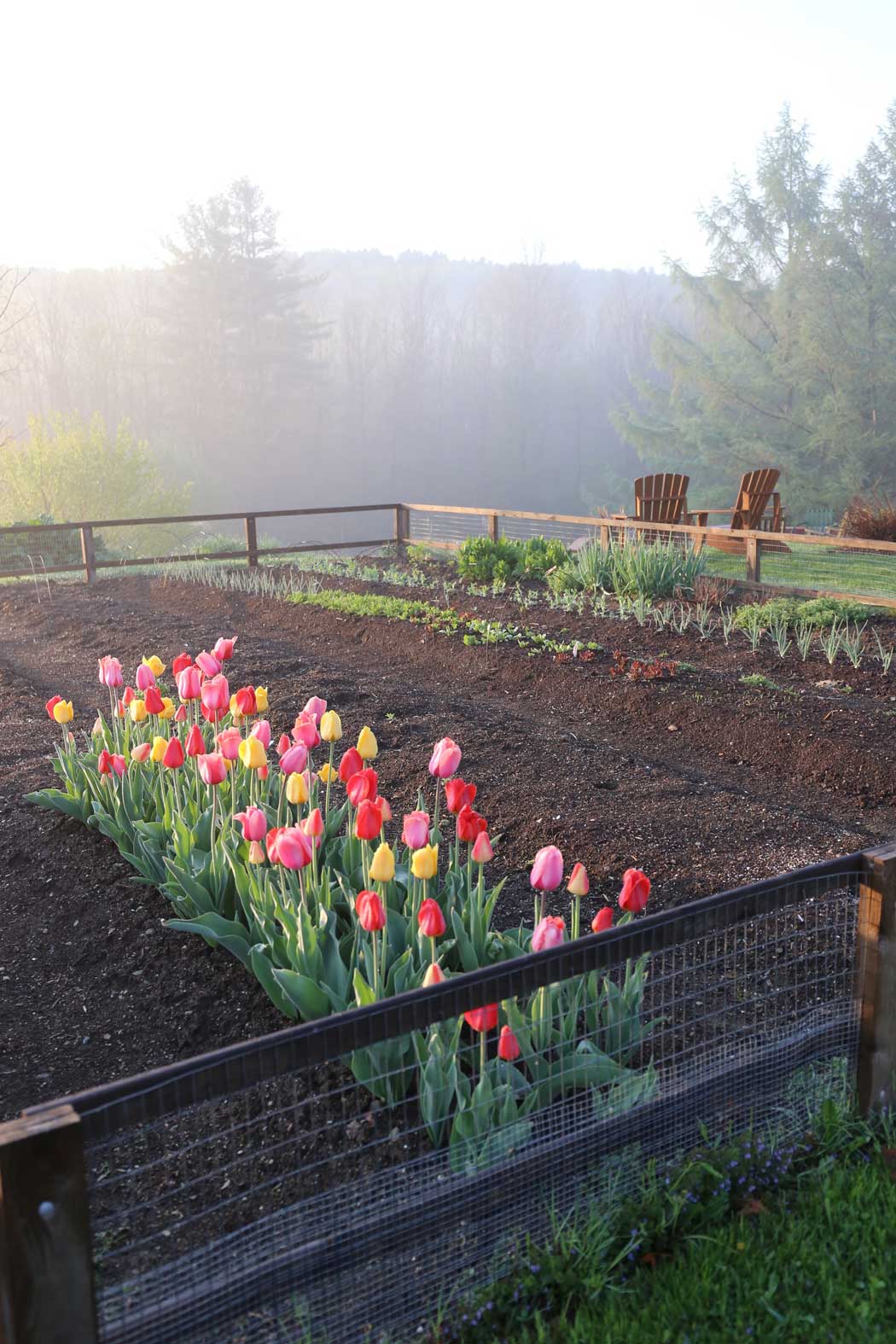
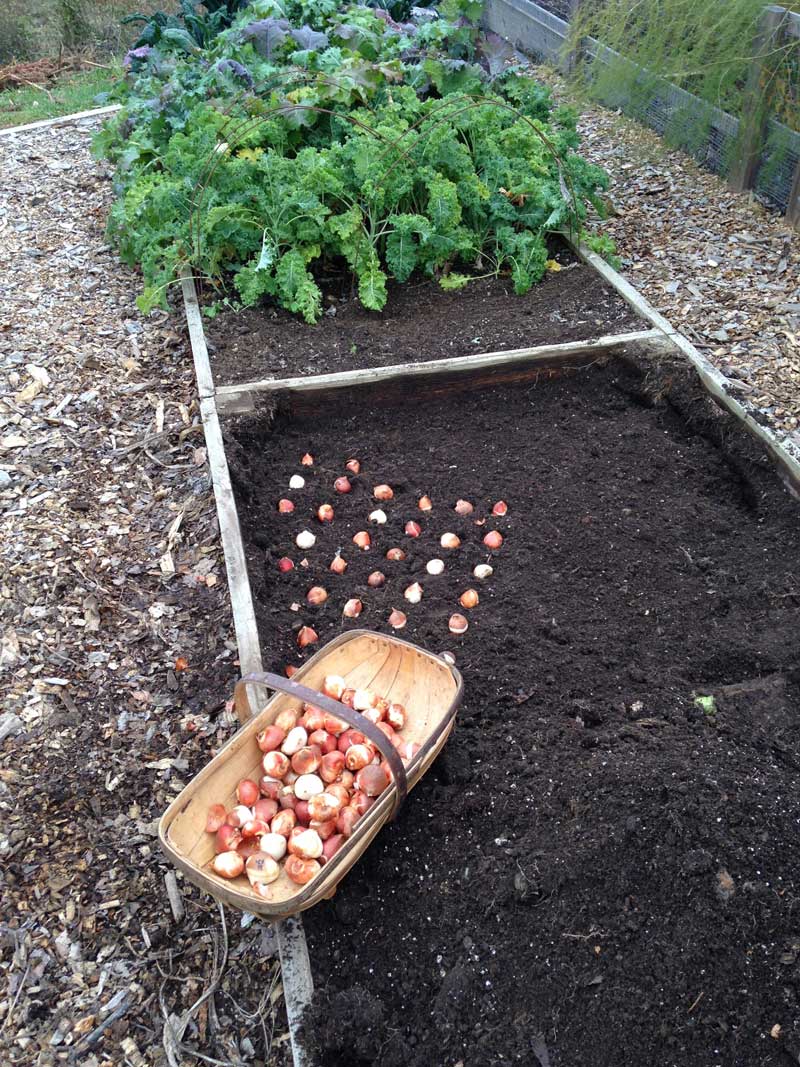
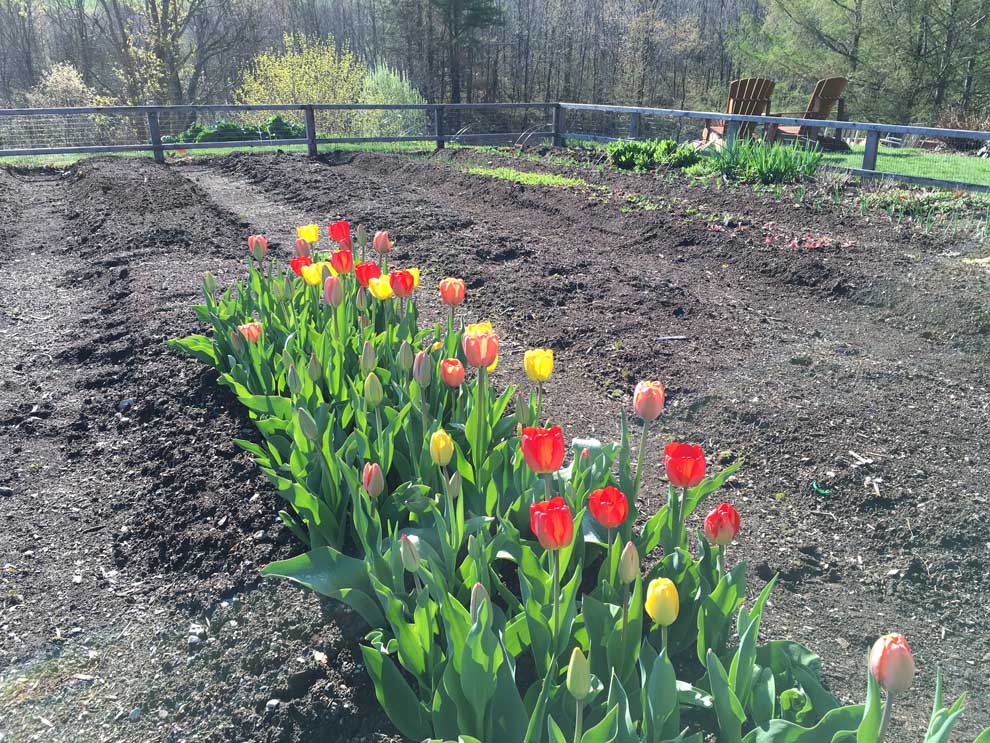
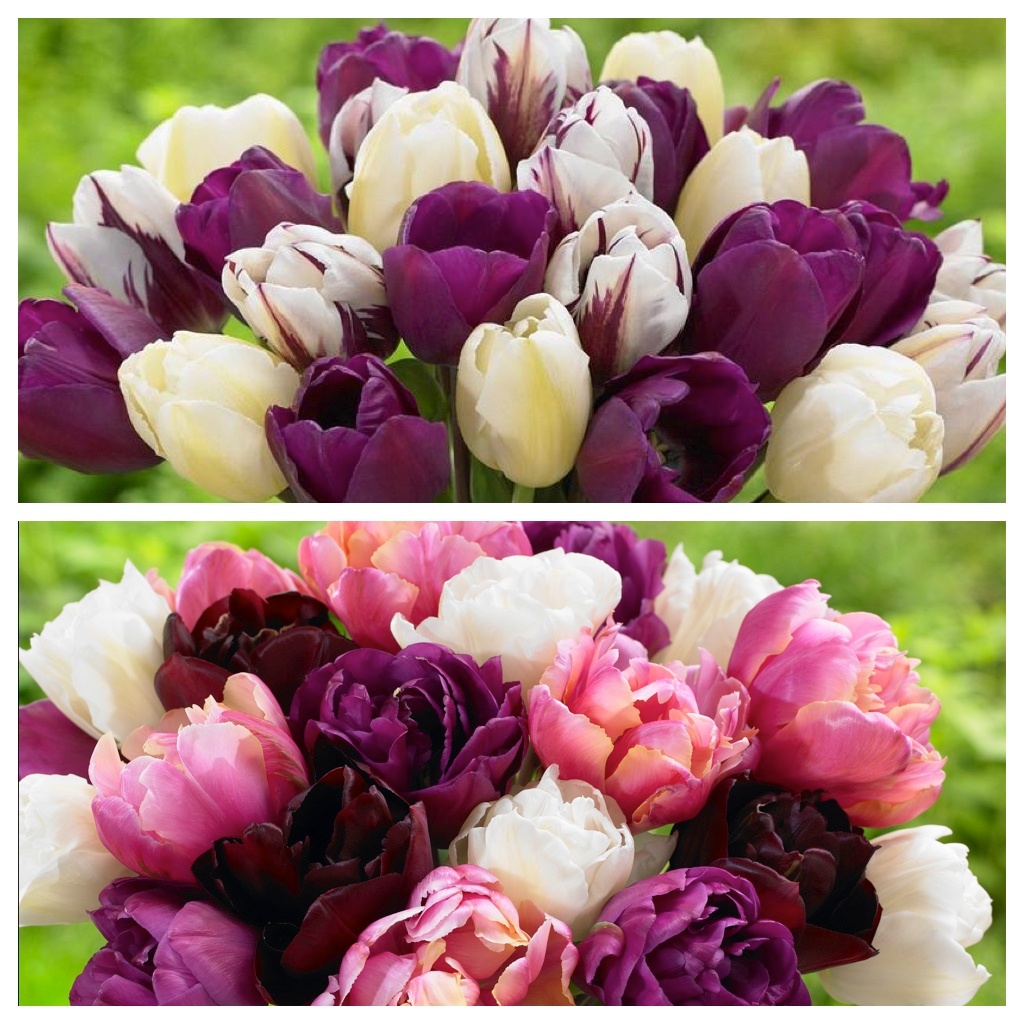
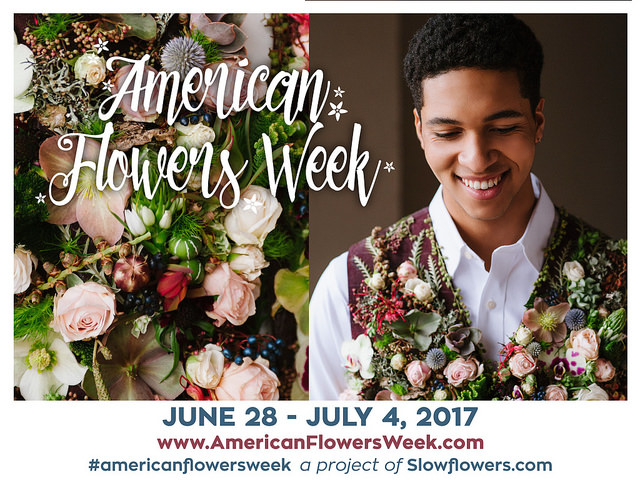
Well Kathleen, last fall I too craved tulips and I filled my entire raised bed garden – about 12 feet by 6 feet with 7 different species of tulips. They are coming up nicely but have yet to bloom. I am new trying to determine what to do after they have bloomed. I so I ended up on this website. If I understand correctly, I can just dig up the bulbs, plant my garden and replant the bulbs in the fall. If this is right, I will be planting this way from now on.
Hi Diane — The bulbs you planted last fall were grown under ideal conditions in Holland — sandy soil, cool springs and warm, dry summers. Growing conditions are much more variable in the U.S. For this reason, many people here treat tulips as annuals and plant fresh bulbs each fall. If you want to try replanting your tulips, you will need to do a couple things. Cut off the spent flowers as soon as they fade and then fertilize the plants with a liquid fertilizer. Let the bulbs keep growing until their foliage is limp and yellow. Depending on the weather, this will probably take 3-4 weeks. Then carefully dig up the bulbs, brush off the soil and store them somewhere warm and dry for the summer. The bulbs you dig up should be plump and firm — like they were last fall. If the bulbs have split into several pieces, they will not have the energy to produce a good show of flowers and you will be better off planting new bulbs. Hope this helps!